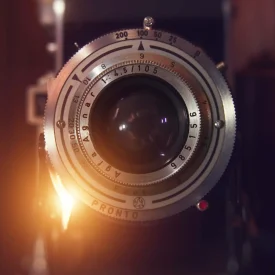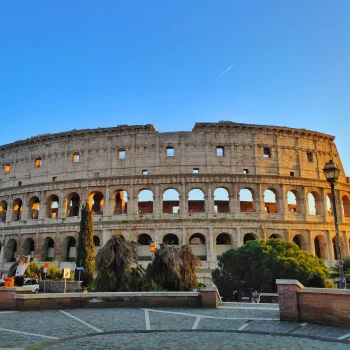
Photography is a powerful medium that has the ability to freeze moments in time, encapsulating emotions, experiences, and stories within a single frame. It is more than just the click of a button; it is an art form that allows individuals to communicate, express, and preserve their vision of the world. This article explores the essence of photography, delving into its significance, evolution, and enduring impact on human culture.
Defining Photography
At its core, photography is the art of capturing light to create images. It involves using a camera to record scenes, subjects, and events in a visual format. The word “photography” is derived from the Greek words “photos,” meaning light, and “graphé,” meaning drawing. Essentially, photography is the act of drawing with light, using a variety of techniques, equipment, and artistic skills.


The Evolution of Photography
The journey of photography dates back to the early 19th century when the first successful photograph was produced by Joseph Nicéphore Niépce in 1826. This invention marked the beginning of a revolutionary era, transforming the way humans document their lives and the world around them. Over time, photography has seen remarkable advancements in technology, from black and white to color photography, the development of film and digital sensors, and now, the proliferation of smartphone photography.
The Significance of Photography
Photography matters for numerous reasons, transcending its role as a mere visual record. Here’s why photography holds a significant place in our lives.
- Preservation of Memories: Photography enables us to freeze moments in time, capturing emotions and experiences that can be revisited even years later. It serves as a repository of cherished memories, allowing us to relive special occasions, milestones, and personal journeys.

- Storytelling: Every photograph tells a story. A single image can convey a complex narrative, sparking curiosity, empathy, and understanding. Photojournalism, for example, has the power to shed light on societal issues, evoke emotions, and drive change.

- Communication Across Boundaries: Photography transcends language barriers, making it a universal form of communication. A photograph can convey emotions and messages that words sometimes struggle to express.

- Documenting History: Photographs are essential historical documents. They provide insights into the past, offering a visual record of significant events, cultural shifts, and societal changes that have shaped our world.

- Exploration and Discovery: Photography enables us to explore the world beyond our immediate surroundings. Travel photography, for instance, allows us to experience diverse cultures and landscapes vicariously.

- Inspiration and Influence: Photographs have the power to inspire change, spark innovation, and influence public opinion. Iconic images often become symbols of movements, ideas, and moments in history.

The Digital Age and Photography
The advent of digital technology has democratized photography, making it accessible to a wider audience. With smartphones equipped with high-quality cameras, social media platforms, and photo-sharing websites, anyone can become a photographer and share their perspective with the world.
However, this digital age has also brought challenges, such as the proliferation of doctored images and concerns about privacy and consent. It’s essential to approach photography with ethics and responsibility, respecting the subjects and the truth behind the images.

Photography is far more than a mechanical process of capturing light; it’s an intricate art form that captures the essence of life itself. From its early days as an experimental wonder to its present status as a global phenomenon, photography has proven its lasting importance in documenting, expressing, and shaping human experiences. As technology continues to evolve, photography will undoubtedly remain a vital means of communication, storytelling, and self-expression, enriching our lives in ways that words alone cannot achieve.

